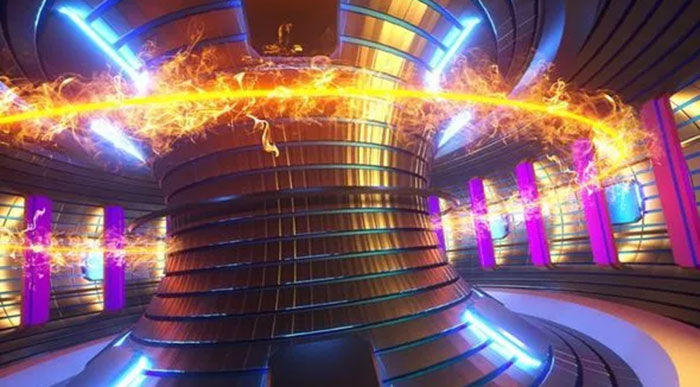On Christmas Eve, while many people in the UK were readying a glass of sherry and a mince pie for Santa, the Korea Superconducting Tokamak Advanced Research (KSTAR) was fired up and maintained a 100 million °C ion temperature for 20 seconds. This might not sound like a lot but it is greater than double the previous record for running a superconducting fusion device.
KSTAR's superconducting fusion device is also known as the 'Korea Artificial Sun' and is a joint research project between the Korea Institute of Fusion Energy (KFE), Seoul National University (SNU), and Columbia University of the United States. The previous record, also held by KSTAR was 8 seconds, back in 2019, with only 1.5 seconds being possible back in 2018.
Phys.org explains some of the science behind the experiment, asnd accomplishment. It says that "to re-create fusion reactions that occur in the sun, hydrogen isotopes must be placed inside a fusion device like KSTAR to create a plasma state where ions and electrons are separated, and ions must be heated and maintained at high temperatures."

Key to the greater than doubling of up-time for this fusion device is the improvement of performance of the Internal Transport Barrier (ITB) mode. This latest 20s achievement is described by KSTAR Director Si-Woo Yoon as "an important turning point in the race for securing the technologies for the long high-performance plasma operation". It could be the tech upon which the first commercial nuclear fusion reactor is based.
Upcoming milestone goals for KSTAR are a 300 second (5 minute) run of the 'Korea Artificial Sun' at plasmas temperatures beyond 100 million °C by 2025. I'm not sure what continuous run time is required to commercialise the technology for power generation or if the tech needs to be able to run 24/7 to be practical as a replacement for nuclear fission plants and alternatives.






